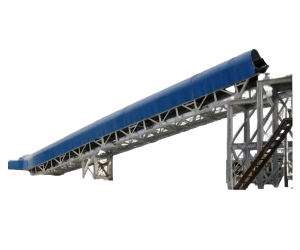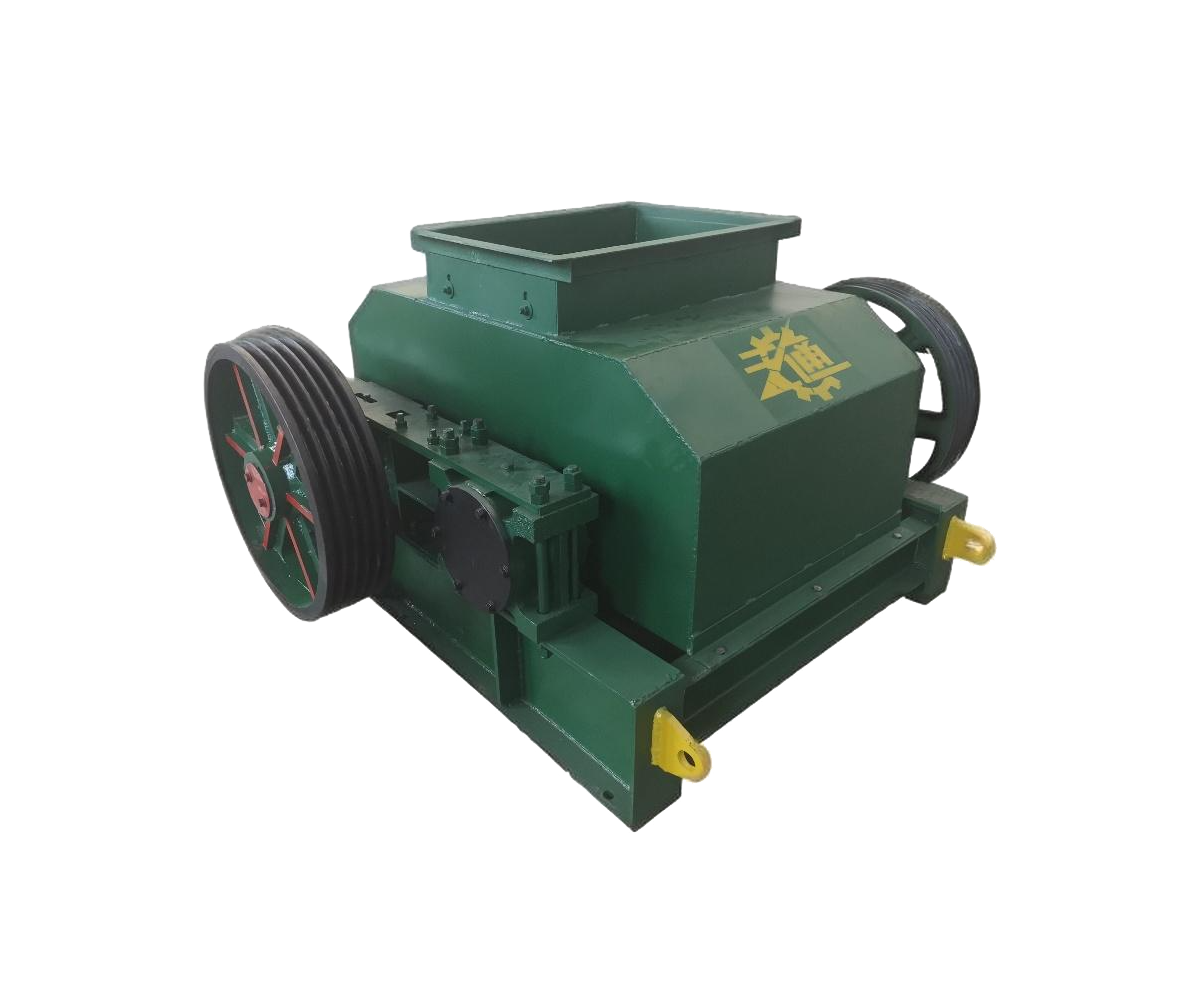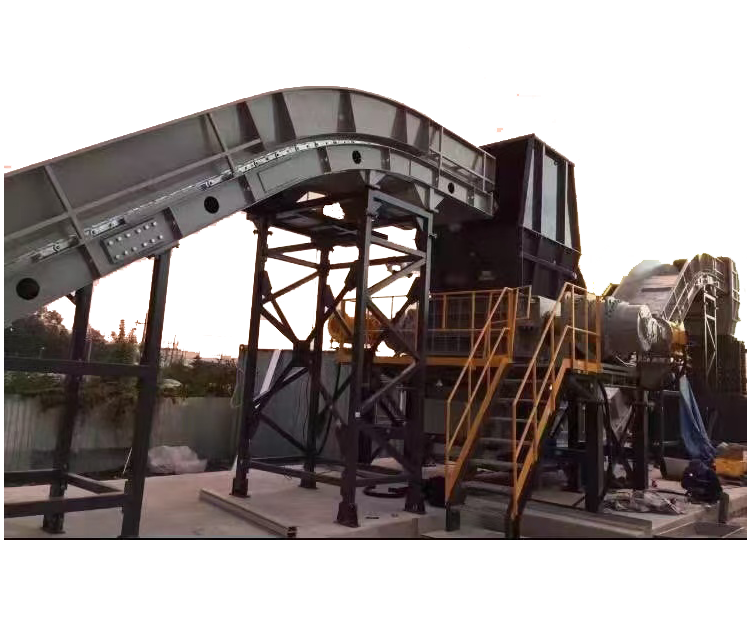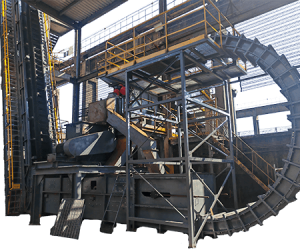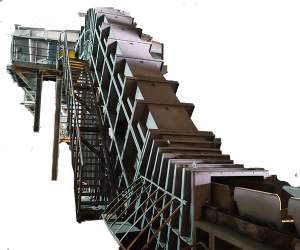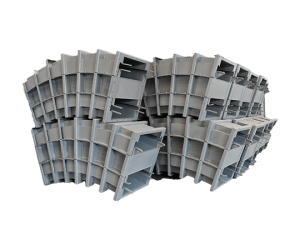Vibrating Screens
Standard screening equipment for general material separation.
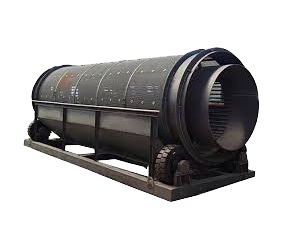
Product Overview
Vibrating Screens are versatile screening solutions designed for precise classification and separation of bulk materials across industries such as mining, aggregates, recycling, and chemical processing. Built to handle dry, wet, or semi-solid substances, these screens deliver consistent performance in sorting materials by size, density, or composition. With robust construction and customizable configurations, they serve as a cornerstone for efficient material handling systems, aligning with GB/T standards for reliability and safety.Key Features & Benefits
- Adaptable Screening Performance
- Accommodates materials ranging from fine powders (<0.1 mm) to coarse aggregates (up to 300 mm).
- Adjustable vibration amplitude (2–10 mm) and frequency (700–1500 RPM) for optimized separation accuracy.
- Durable Structural Design
- Screen decks fabricated from high-tensile steel plates compliant with GB/T 24857, ensuring resistance to deformation under dynamic loads.
- Welded joints adhere to GB/T 36865-2018 Section 6.2.8 standards for strength and fatigue resistance.
- Low-Maintenance Operation
- Grease-lubricated, sealed bearings (IP65 rating) minimize downtime in dusty or humid environments.
- Modular screen panels allow rapid replacement without disassembling the entire frame.
- Energy Efficiency
- Drive power calculated per GB/T 36865-2018 Appendix B.2 principles, with motors ranging from 1.5–22 kW based on screen size and load.
Technical Parameters
Structural Specifications
- Screen Deck Dimensions:
- Width: 0.5–3.0 m (single or multi-deck configurations).
- Length: 1.5–6.0 m, customizable for specific throughput needs.
- Frame Construction:
- Sideplate thickness: 6–20 mm (selected per material impact severity).
- Dynamic load capacity: Up to 15 t/h per m² of screening area.
- Deck Inclination: Adjustable between 15°–25° to balance processing speed and separation precision.
Vibration System
- Exciter Type: Dual eccentric shaft (standard) or electromagnetic drive (for fine-tuning).
- Amplitude & Frequency:
- Amplitude range: 2–10 mm (mechanical adjustment via counterweights).
- Operational frequency: 700–1500 RPM, synchronized for minimal harmonic distortion.
- G-Force: 4.5–7.0 g, optimized to prevent material blinding or screen clogging.
Screening Media Options
- Wire Mesh Screens:
- Aperture sizes: 0.1–100 mm (hot-dip galvanized or stainless steel, per GB/T 24856 corrosion resistance standards).
- Polyurethane Panels:
- Slotted or square apertures for high-wear applications (e.g., abrasive ores).
- Piano Wire Decks: Ideal for sticky or fibrous materials, with self-cleaning capabilities.
Drive & Power
- Motor Specifications:
- 3-phase asynchronous motors (IE3 efficiency class), 380 V/50 Hz or customizable voltages.
- Power range: 1.5 kW (small units) to 22 kW (large industrial screens).
- V-Belt Transmission:
- Synchronized belt tensioning system reduces slippage and extends service life.
Performance Metrics
- Throughput Capacity: 10–500 t/h, calculated per GB/T 36865-2018 Appendix B.1 guidelines.
- Separation Efficiency: ≥95% for particles >2 mm; ≥85% for fines (<0.5 mm).
- Noise Levels: ≤85 dB(A) at 1 m distance, compliant with industrial safety regulations.
Quality Assurance
- Material Certification:
- All steel components and cast parts (bearings, brackets) comply with GB/T 24856/24857 for mechanical properties and traceability.
- Production Controls:
- Dimensional tolerances:
- Deck flatness: ≤1.5 mm/m².
- Frame alignment: ≤2 mm total deviation across length.
- Post-weld stress relief and non-destructive testing (NDT) for critical joints.
- Dimensional tolerances:
- Testing Protocols:
- 48-hour continuous run test under 110% design load to validate stability and bearing performance.
- Vibration amplitude/frequency calibration using laser alignment tools.
Applications
- Primary Industries:
- Mining: Pre-screening of ores, coal, and aggregates.
- Recycling: Sorting construction waste, plastics, and metals.
- Agriculture: Grading grains, fertilizers, and biomass.
- Functional Scenarios:
- Removal of oversized contaminants from conveyor-fed materials.
- Multi-stage classification in mineral processing plants.
- Dewatering of sand, tailings, or industrial slurries.
Competitive Advantages
- Standardized Modularity: Quick interchange of screen decks and exciter units reduces retrofit costs.
- GB/T Compliance: Rigorous adherence to national standards guarantees interoperability with other material handling systems.
- Lifecycle Cost Efficiency: Extended service intervals (up to 20,000 hours for bearings) and locally sourced spare parts.

